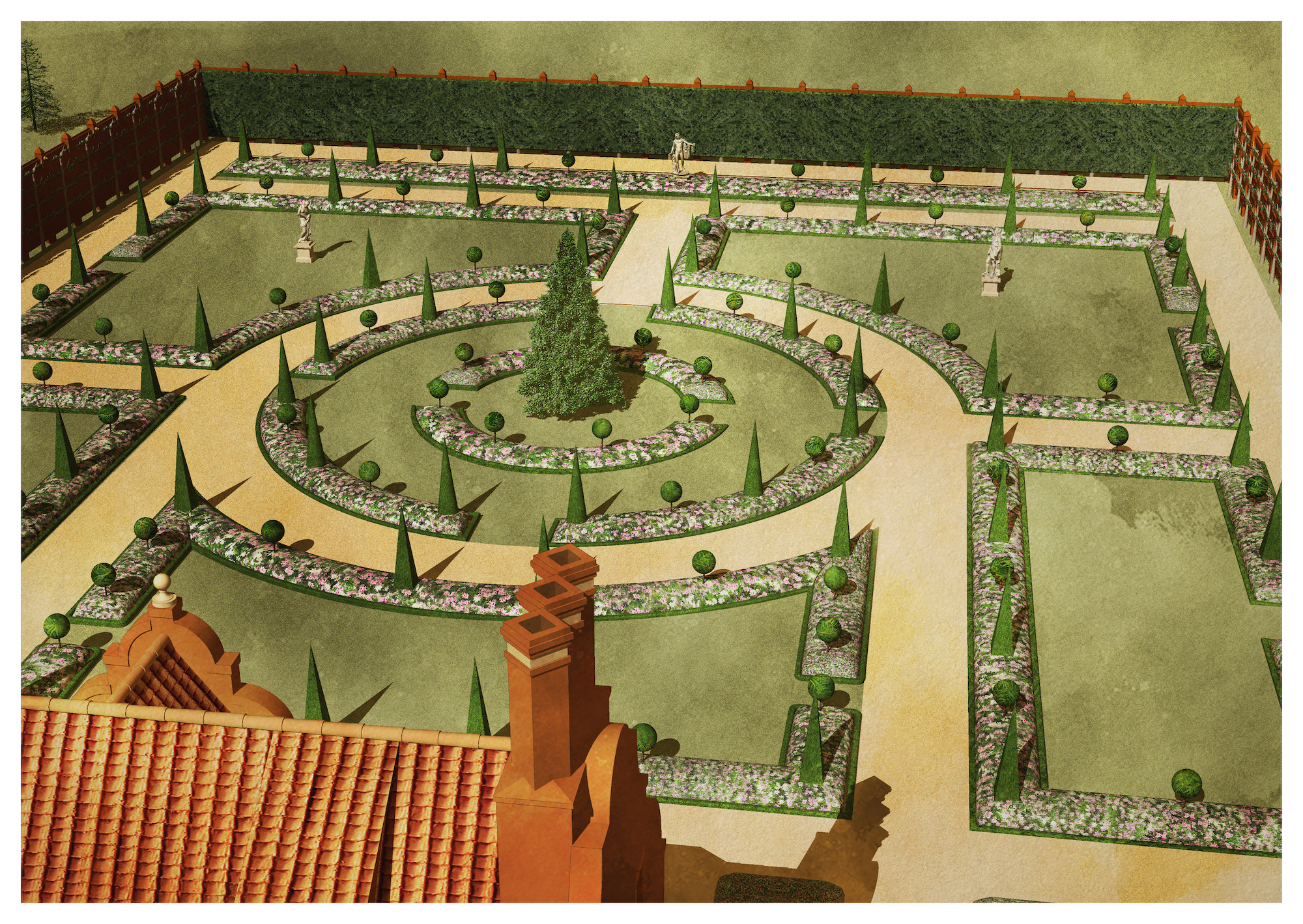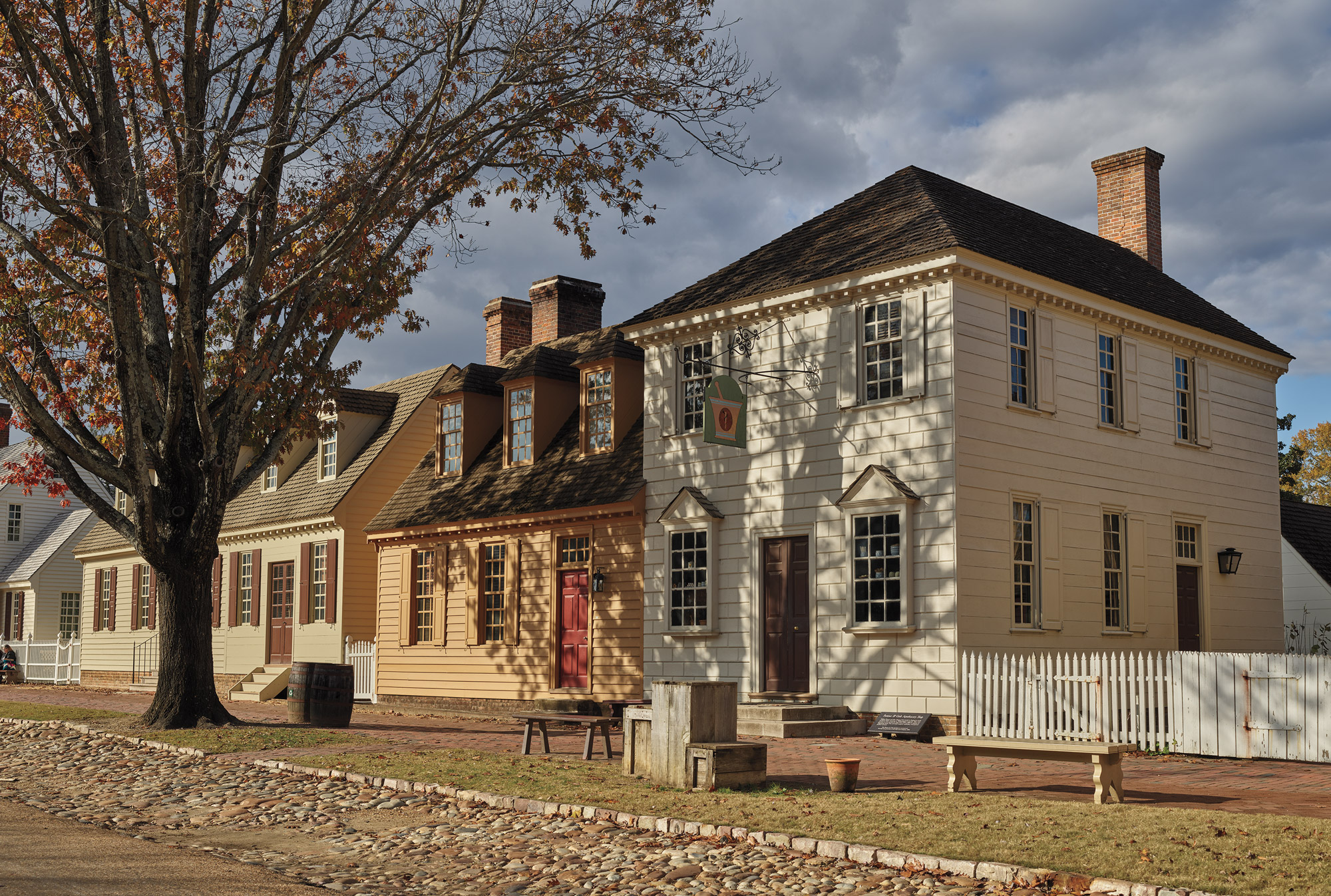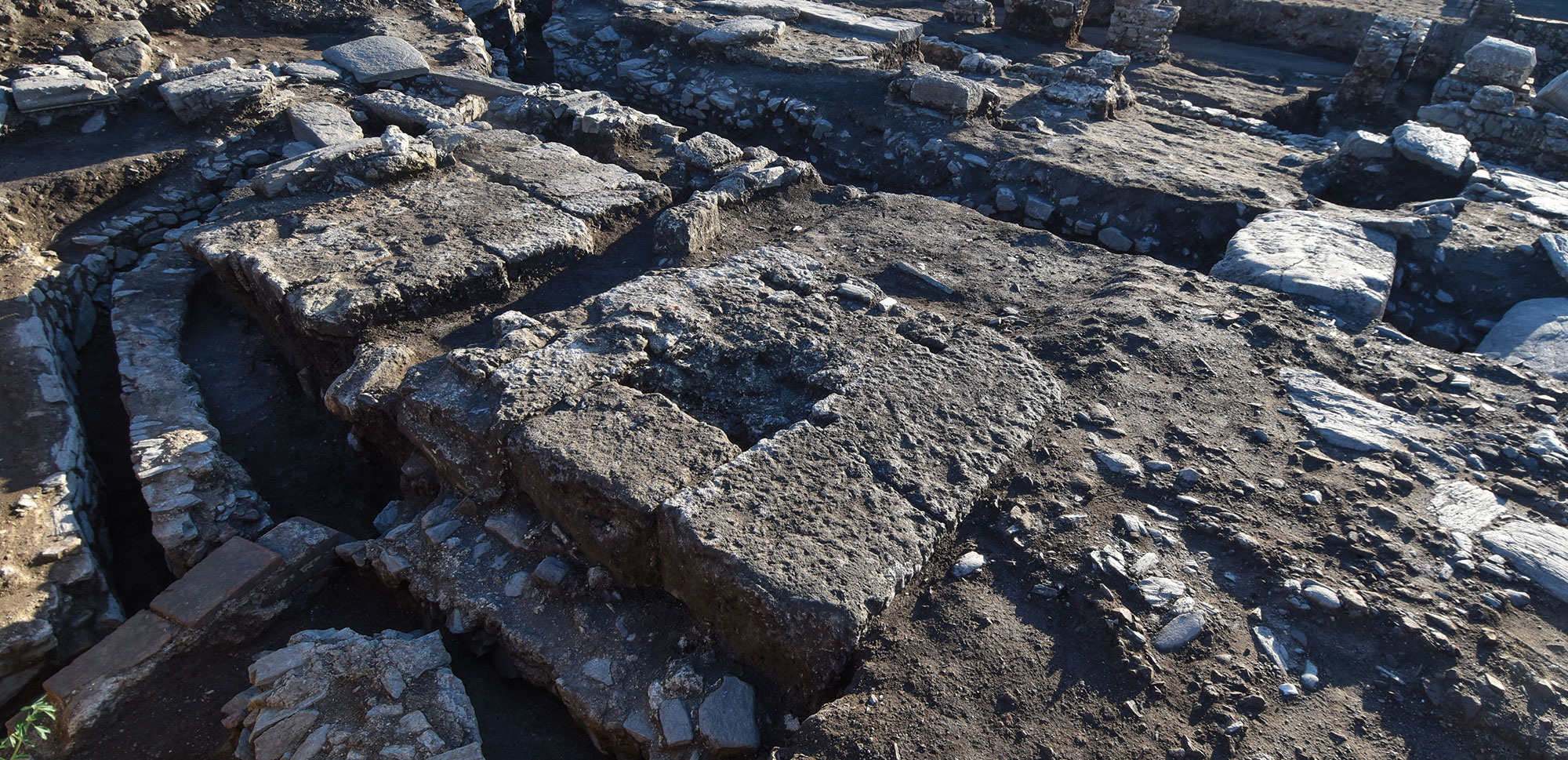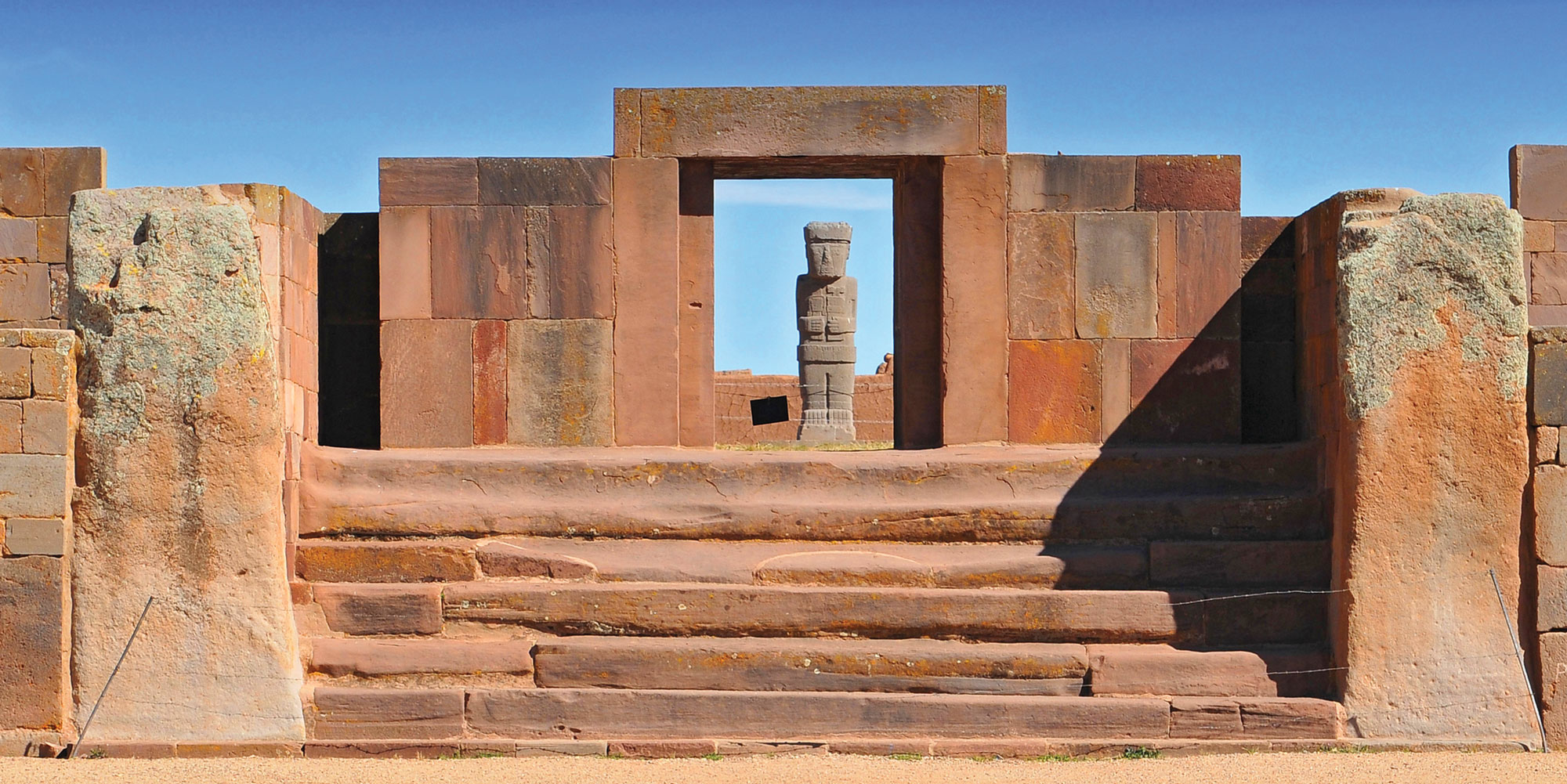
WILLIAMSBURG, VIRGINIA—Archaeologists have found possible evidence for the presence of enslaved gardeners at the eighteenth-century home of John Custis IV, a wealthy tobacco plantation owner who died in 1749, according to an Associated Press report. “The garden may have been Custis’ vision, but he wasn’t the one doing the work,” said Jack Gary of Colonial Williamsburg. Excavation of the garden site at the corner of Francis and South Nassau Streets has uncovered red cedar fence posts that were about three feet thick; a large central walkway and other garden paths; and stains showing where plants grew in rows. Animal remains, including two chickens with their heads removed and a single cow’s foot, had been placed under several fence posts. The remains of a headless snake were found in a shallow hole where a plant is thought to have grown. A pierced coin found during the excavation is thought to have been worn as a good luck charm by a young African American. “We have to wonder if we’re seeing traditions that are non-European,” Gary said, adding that more research into the possible meaning of the findings is required. An earthenware chamber pot uncovered during the excavation is also thought to have been used by enslaved people working in Custis’ garden. To read more about garden archaeology, go to "The Archaeology of Gardens."











